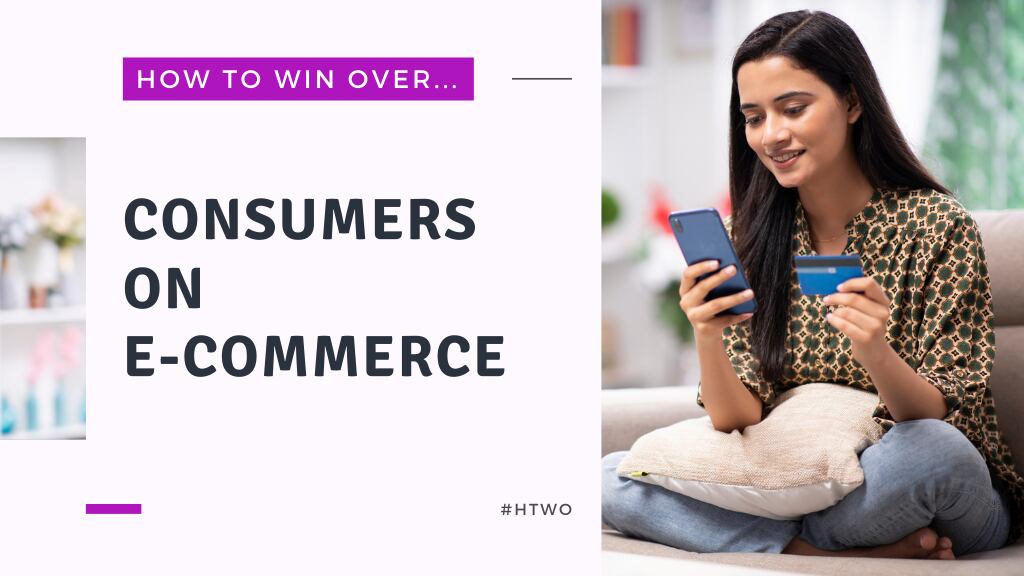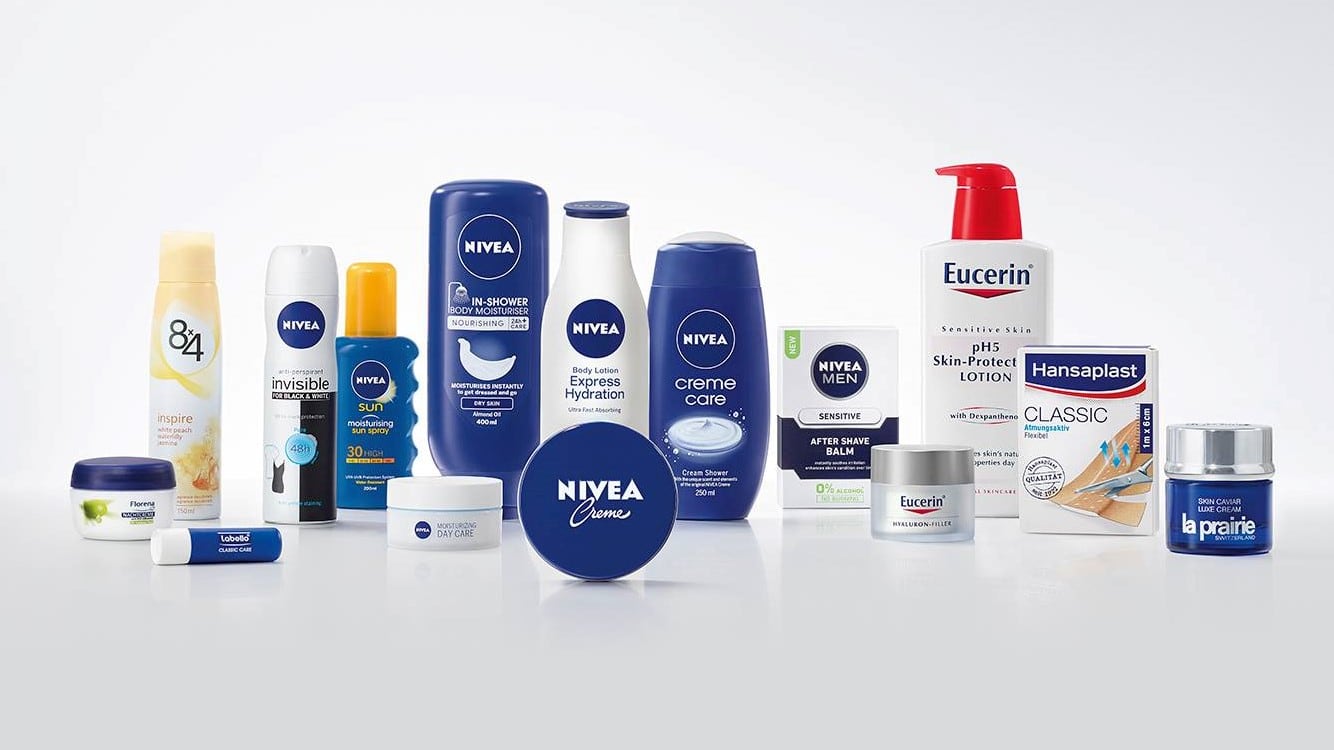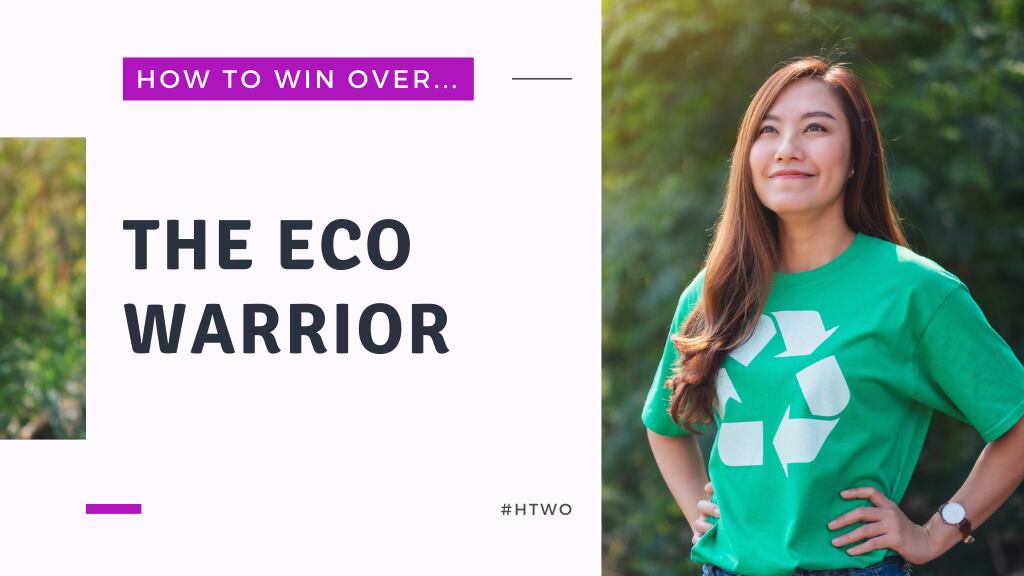The events of the last two years have transformed nearly every aspect of our world. Our daily habits and lifestyles changed in accordance with the state of the pandemic. Seemingly overnight, the little adjustments became dramatic shifts that promise to have a long-lasting effect on society, including the way we shop.
At first, we migrated online out of necessity as movement restrictions shuttered brick-and-mortar stores. However, the prolonged pandemic has made online shopping part of our daily lives.
According to a consumer study by e-commerce firm Lazada, 73% of consumers in South East Asia identify online shopping as ‘integral to everyday life’, with almost half (46%) going online to shop at least once weekly.
Nearly 60% of respondents said they embraced online shopping as a part of their daily lives just less than two years ago.
Back then, our relationship with online shopping was straightforward. If you needed a body wash, you would peruse for one on an online shop, add it to your cart, pop in a promo code and check out. Today, that relationship is no longer that transactional.
“Two years ago, my 70-year-old mother would go on Lazada if she needed a vacuum cleaner, searched for one and that was it. Today, she logs on to collect coins, plays games, watches livestreams, then looks at what to buy. And she doesn’t exit immediately after,” said Kenneth Tan, CEO of livestreaming technology company BeLive.
He elaborated: “There’s been a big shift in consumer behaviour. They have transitioned from a search to a buy experience to a browse to buy experience. It’s evident purely from the way the platforms – Lazada, Shopee, Bukalapak – are investing in their features. The investments are in features that focus on retaining users, engaging them and then converting them after they are engaged.
Content-led commerce: The TikTok effect
In a previous instalment of this series where we explored the exciting Indian beauty market, we learnt that cosmetic firms were investing heavily into content marketing.
Beauty e-tailer Purplle invested in nine studios dedicated to producing social media content for each of its brands. At the same time, beauty conglomerate Good Glamm Group acquired digital media companies such as POPxo to help it obtain around 350,000 new customers monthly.
“Content creators are not going to go out of business, that’s for sure,” said Manvi Kathuria, Chief Business Officer of LEAP Commerce, an end-to-end e-commerce enabler and a subsidiary of luxury beauty distributor and retailer LUXASIA.
“Whether it’s a new brand or an existing brand, everyone will need very, very solid content teams. There will be roles that we probably don’t even have names for right now because potentially we could be shopping in the metaverse in the next three years – by then you’ll need content creators in 3D.”
“Content is still king. Even if you have the best products in the world, it’s never going to take off if no one seeks them out. Everyone is realising this because of TikTok’s dominance. Imagine if everyone is on TikTok, why would they want to leave it to go onto Shopee or Lazada when they can just click the buy button on TikTok?” Tan emphasised.
BeLive has worked with e-commerce platforms such as Zalora which have prioritised investments into short videos and livestreaming content. The motive is to draw audiences into their mobile applications, not always to sell necessarily but to remind consumers that they can entertain them too.
Alibaba-owned SEA e-commerce firm Lazada is one platform that has made a lot of investments into content, including livestreaming.
“We started pioneering the livestreaming feature in SEA based on our heritage and push from Alibaba, because livestreaming is very big and established in China. It was growing organically until two years ago when the pandemic hit… that really showed the benefit of live streaming like keeping a connection online between brands and their customers,” said Stephane Kaeser, head of Lazada’s LazLive.
While shopping online is convenient, it can lack the social experience you get when you make a trip to a store with your friends and interact with a beauty advisor. As such, LazLive has seen more brands “naturally embracing” livestreaming of late.
For instance, at its last 11.11 mega shopping festival, Lazada hit a major milestone with a record 18 million livestreaming views in a single day.
"In the second half of 2021, we have seen more than four times year-on-year increase in average daily orders on LazLive across the region. In turn, sellers’ revenue generated on LazLive increased more than two times within the same time period," said Kaeser.
While it may seem ubiquitous, livestreaming is still in its nascent stages, especially when compared to China. It is fair to say the rest of its Asian neighbours are playing catch up and are in varying degrees of adoption.
Among them, Kaeser has observed swift adoption in Thailand. Lazada has previously partnered with brands like Shiseido and Bobbi Brown for livestreaming content in Thailand.
“In Thailand, brands have been very keen to start, they have embraced it and are showing success in the market. But I will say the other markets are catching up fast. I’m quite confident it will continue to because there’s where the trend is going,” said Kaeser.
In anticipation of its growth, the company is working to improve livestreaming technology by adding new features to make the experience better for brands and consumers. It has also invested in programmes to instruct and teach live streaming with webinars, tutorials, and video content.
To complete the ecosystem, the company has also invested in the on-screen talent by developing a network of presenters that can step up to help brands hawk their wares on a livestream.
Over the past couple of years, the company has held a LazTalent, a talent search of sorts to spot and amass its network of livestreamers.
"We launched our grassroots incubation programme in Thailand and the Philippines in March 2020 and extended it across Indonesia, Malaysia and Vietnam in the same year. This programme has provided many livestreamers with a creative avenue and new job opportunities as they collaborate with brands and businesses to sell better on LazLive," said Kaeser.
“These presenters are very familiar with Lazada, can create content, and can become presenters for the sellers as well. We are really investing in the full ecosystem of live streaming, helping brands create a better experience overall for the viewers as well as the user,” said Kaeser.
Today, the firm has more than 8,000 livestreamers on their roster, having seen the number double from 2020 to 2021.
"This certainly is a reflection of the success of our incubation programme. They help brands and sellers to sell on LazLive, holding more than 580 daily livestream sessions on average in 2021," he said.
Social commerce: The future of shopping?
Livestreaming is just one channel of social commerce, which has been billed as the future of online shopping. According to a report by Accenture, social commerce is set to be worth $1.2tn by 2025 and will account for 16.7% of the total $7 trillion e-commerce spend.
It accelerated to the forefront during the pandemic when social distancing and isolation measures emphasised the power of connection.
Ange Gardien Paris is a Singapore-based beauty brand that has tremendous results from utilising social commerce. The company started to explore opportunities in social commerce in August 2021 and has since seen sales grow by around 50%.
“As a brand owner, I have experience dealing with influencers. You get them to post a picture and tag the brand for $5,000 and that’s about it. With social commerce, it’s very different. When they decide to talk about a product, their followers will be convinced because they have already developed 70% to 80% trust between them – that’s a true influencer.”
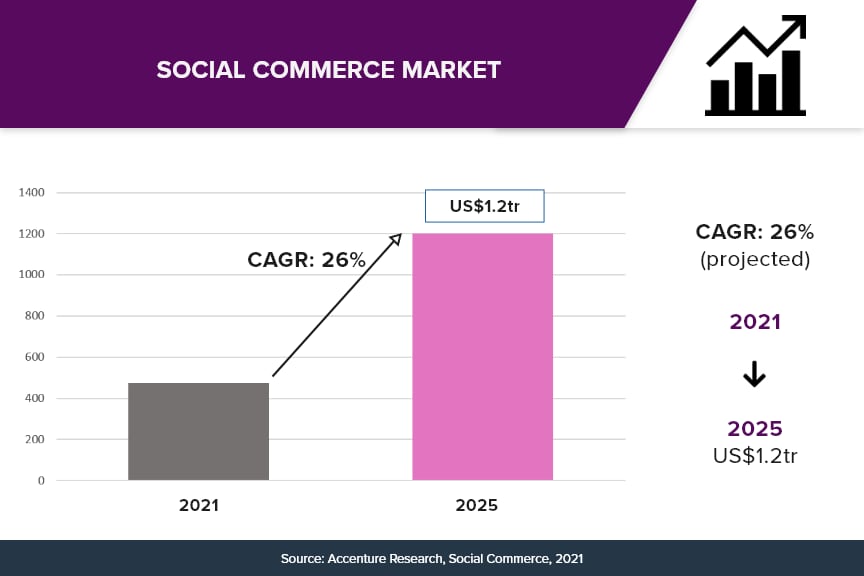
One of the social sellers Ange Gardien has partnered with is Jeraldine Chan of My BKK Shop. The first livestream they collaborated for resulted in five-figure sales for the brand.
Chan is one of the enterprising social commerce figures that was born out of the pandemic. Known as Queen J to her followers, Chan and her husband previously ran a talent agency in China working closely with tech firm Tencent.
The company started out livestreaming and selling items from Bangkok, Thailand, where it was based during the initial stages of the pandemic. Today, Chan and her team are invited by international brands such as Radley London to livestream and sell directly from their distribution centres.
Speaking to CosmeticDesign-Asia, Chan said her success came from emulating livestreaming heavyweights in China, where she had lived for over a decade. For instance, My BKK Shop regularly conducts live vlogs that follow Chan and her family through their day.
“Before My BKK Shop, livestreaming in Singapore was about selling, selling, and selling. The new concept we brought was content lives, where we bring our viewers around to show them where we go and what we eat. This is the concept we brought from China.”
She explained that ‘content lives’ pulls in viewers and helps build relationships between them and her. “Sometimes your fans just want to know what goes on behind the scenes, they want to get to know the KOL better.”
Chan, who operates primarily in SEA, has no doubt the social commerce scene will boom just like it has in China. However, she believes there is still a long journey ahead to catch up with the Middle Kingdom.
The biggest challenge – and Chan’s biggest gripe – is the lack of an integrated, unified ecosystem between livestreaming platforms and e-commerce platforms.
“In China, your customers don’t have to private message you to confirm their orders. It is so integrated, be it Taobao or Kuaishou, the tracking system, the packing system is all there. So, once you pack and hit the button, the customer can receive their tracking number,” Chan explained.
In contrast, Facebook Live, the platform My BKK Shop hosts its livestreams on does not have the same features.
“Even though Facebook is a very good social app, they're not built for social commerce. It doesn’t have an integrated cart for you to check out. Till today, we still face problems like how to convert a follower into a paying customer.”
Aimone Ripa di Meana, founder of e-commerce enabler CREA agreed that the commerce capabilities on social networking platforms like Facebook and Instagram are not ideal. Meanwhile e-commerce platforms may have livestreaming capabilities, but it would confine a creator to one platform.
“In a very multi-channel environment, what is the way in which these channels are integrated from the creator, the content generation down to the commerce part… One approach is having it within the platform, like what TikTok, Lazada and Shopee are trying to do, and another is to have many different platforms to create content, and you can consolidate the traffic in one area.”
Beauty tech in e-commerce: AI, AR and NFTs?
As beauty consumers turned to digital channels, the use of technology became crucial for product advice, try-ons, and engaging experiences.
“Today’s consumer has come to expect a new type of online shopping experience that incorporates experiential touchpoints and delivers a high-touch shopping journey,” said Alice Chang, founder and CEO of beauty tech firm Perfect Corp.
“AI and AR-powered beauty technology has allowed us to reimagine the way in which brands connect with consumers and provide customers with personalised experiences from the convenience of their smartphone.”
Today, over 400 global beauty brands are leveraging Perfect Corp’s AI and AR solutions, such as virtual try-ons and skin analysis programs.
“Throughout the pandemic, global beauty brands have turned to AR and AI-powered technology to provide contactless and hygienic product try-on experiences to consumers. These technologies allow consumers to try-on products safely at home while discovering the products that work best for their individual needs,” said Chang.
These personalised shopping experiences have led to increases in both sales and customer engagement.
“Some of our brand partners have experienced up to 85% increases in sales conversion, +300% increase in digital engagement metrics such as time spent on site, and 30% increase in product add-to-carts,” said Chang.
Looking beyond 2022, Chang said beauty brands and retailers will need to begin considering how to create engaging and immersive experiences in the metaverse.
“AR-technology will be a crucial tool to add an additional layer of interactivity and engagement in this new space. This technology will help consumers virtually try-on and interact with products in virtual stores and other immersive experiences within the metaverse.”
As we move towards the metaverse, Chang believes NFTs will play a large role in e-commerce strategies for beauty brands and retailers.
Perfect Corp recently introduced the first-ever NFT business solution that can help brands digitise their SKUs and transform these assets into NFTs that can be worn in the metaverse via AR technology.
This not only helps brands enhance customer experience but also provides new revenue stream opportunities.
“As brands begin to digitise their product SKUs, and transform these assets into NFTs, there will be a new, unlocked revenue stream for beauty brands… The solution adds a new dimension of engagement to the consumer NFT experience, allowing brands to digitise their assets across beauty and fashion categories,” Chang said.
Its latest venture aims to help streamline the entire NFT creation process while providing a simple and highly accessible release path with fast time-to-market, said Chang.
“Our new solution allows brands to enter the NFT space while enhancing the customer experience and providing new revenue stream opportunities. We are looking forward to helping beauty brands enter the NFT space and reach consumers in a new way.”
E-volution of beauty
There are still many changes the beauty industry can expect to face before we go traipsing into the metaverse. One of which is the further integration of online and offline, said Kathuria.
“We will see the transfer of some online experiences offline and offline to online. For example, digitally native brands will start going offline, with pop-ups, engaging the customer in the real world. And on the other hand, you can walk into a boutique with an endless aisle, meaning you may not stock 100% of your inventory but you might have more assortment to offer online.”
Kathuria elaborated that in the near future, we can also expect to see QR codes that shoppers can scan to buy or get more content like product reviews.
This would lead to more elevated retail experiences, she added “The reason you will ever pay money to have a boutique is because you're generally trying to create something beyond just a place to sell but actually immerse the customer in the brand. That rethinking of retail will happen because of this.”
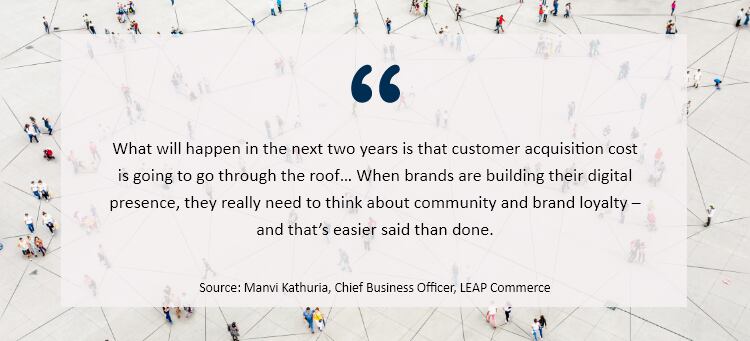
Of course, with more packages flying across the globe, Kathuria highlighted that sustainability in e-commerce will become increasingly crucial.
“As e-commerce grows, that also multiplies the number of packages that get shipped, last-mile deliveries that happen. Brands will need to start thinking about this. It’s not talked about so much now but it is going to become a big topic.”
There is no doubt the pandemic fuelled the acceleration of e-commerce in beauty and the race to keep up with new developments is unlikely to stop.
The evolution of beauty e-commerce is only at the early stages and there are plenty of channels, technologies, and creative strategies to explore.
The ensuing race to reach the beauty consumer will likely spur innovation and further the growth of the digital beauty economy.


